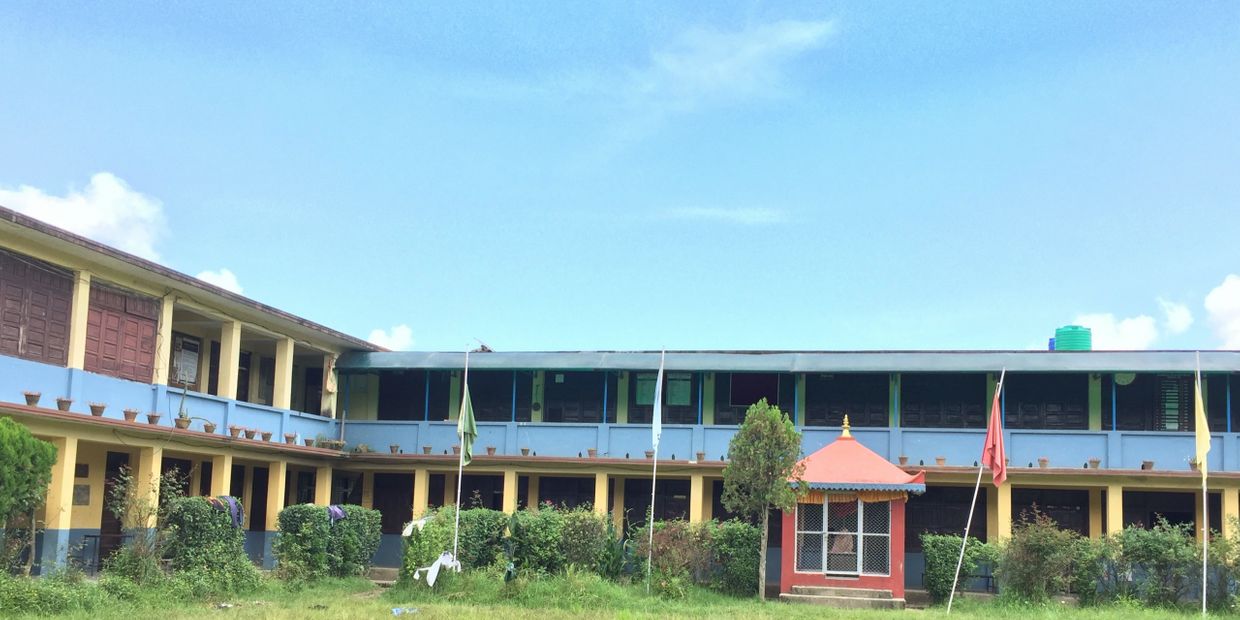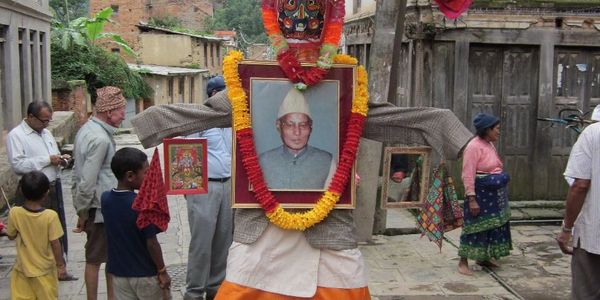History of Shreekhandapur
Licchavi and Kirat Origins
Shreekhandapur, known as Khampu during the Licchavi period (pre-8th century), has roots in the Kirat era. Archaeological evidence from nearby sites like Sanga and Banepa supports early settlement. The name derives from abundant shreekhand (sandalwood) trees, cleared for habitation. A chaitya (stupa) marks the site of a legendary tree stump, and a Dipankar Buddha statue was carved from local wood.

Malla Period Development (12th-18th Century)
In 1153 CE, King Ananda Dev consolidated the Banepa Seven Towns, including Shreekhandapur. The town was structured with four gates, ponds, temples, and guthis for rituals. Layaku Palace (now Ward Office) was built. Under Yaksha Malla, it was part of Bhaktapur Kingdom. Roads were paved, markets organized, and neighborhoods like Wahatol (eastern palace area) emerged.

Unification and Modern Era (1764 CE Onward)
Prithvi Narayan Shah captured Shreekhandapur in 1764, integrating it into unified Nepal. Communities from Bhaktapur and Lalitpur (Karmacharyas, Dhunjus) were brought for economic growth. Neighborhoods like Basatol and Chaftol developed. Education started in 1946 with Shri Shwet Bhairav School, now Shreekhandapur Secondary School. Today, it's a trade center with Newar majority.
